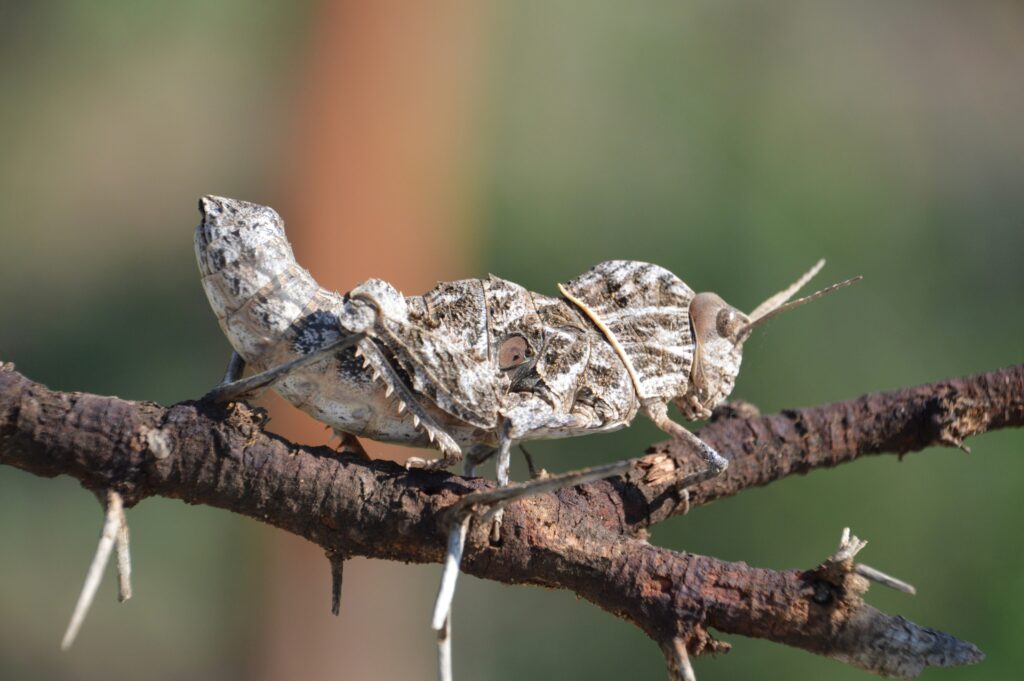The insect world represents one of nature’s greatest evolutionary success stories. With over a million described species and potentially millions more awaiting discovery, insects have colonized nearly every habitat on Earth through remarkable adaptations. Their bodies have evolved into extraordinary survival machines, equipped with specialized features that allow them to thrive in environments ranging from scorching deserts to freezing mountain peaks. These adaptations—their wings for conquering the skies, fangs and mouthparts for specialized feeding, and camouflage techniques that render them nearly invisible—showcase nature’s ingenuity at its finest. This article explores the fascinating world of insect adaptations, revealing how these small creatures have become one of Earth’s most successful life forms through evolutionary innovation.
The Evolutionary Marvels of Insect Flight
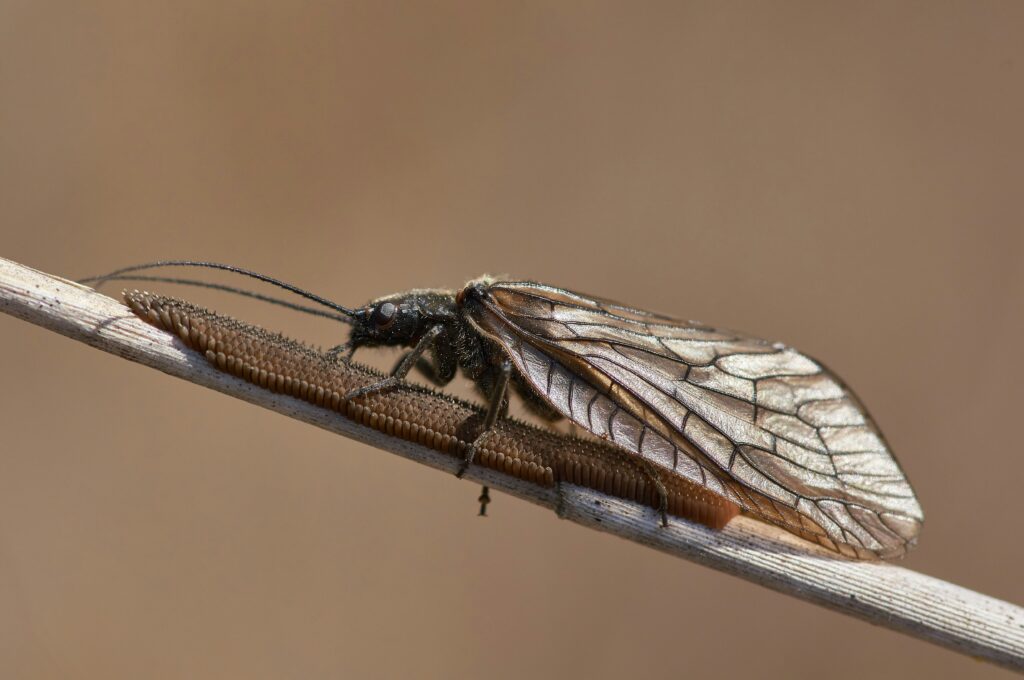
Insects were the first animals to evolve the ability to fly, achieving this remarkable feat approximately 350 million years ago—long before birds or bats appeared. This innovation revolutionized their survival prospects, allowing them to escape predators, disperse to new habitats, find mates, and locate food resources with unprecedented efficiency. Unlike bird or bat wings, insect wings aren’t modified limbs but rather extensions of the exoskeleton, consisting of thin membranes supported by a network of veins that provide structural integrity. The diverse wing arrangements found across insect orders demonstrate stunning specialization—from the four equal-sized wings of dragonflies that enable helicopter-like maneuverability to the modified forewings of beetles that form protective cases (elytra) for their delicate flight wings underneath. Some insects, like flies, have evolved to use just two wings with specialized balancing organs called halteres replacing their hindwings, showcasing evolution’s creative problem-solving.
Remarkable Wing Adaptations Across Species

The diversity of insect wing adaptations reveals nature’s endless creativity in solving environmental challenges. Monarch butterflies possess large, efficient wings that carry them on extraordinary migrations spanning thousands of miles, with specialized scales that shed during flight to escape spider webs. Dragonflies, the aerial acrobats of the insect world, have wings that operate independently of each other, allowing them to hover, fly backward, and make instantaneous turns with precision that modern aircraft cannot match. The wings of cicadas incorporate specialized regions with different elastic properties, enabling the remarkable acoustics that produce their characteristic songs. Perhaps most impressive are the wings of earwigs, which can fold to 1/40th of their extended size through an origami-like mechanism so complex that it has inspired designs in satellite solar panels and other human technologies requiring compact deployment.
Specialized Mouthparts: Nature’s Toolbox
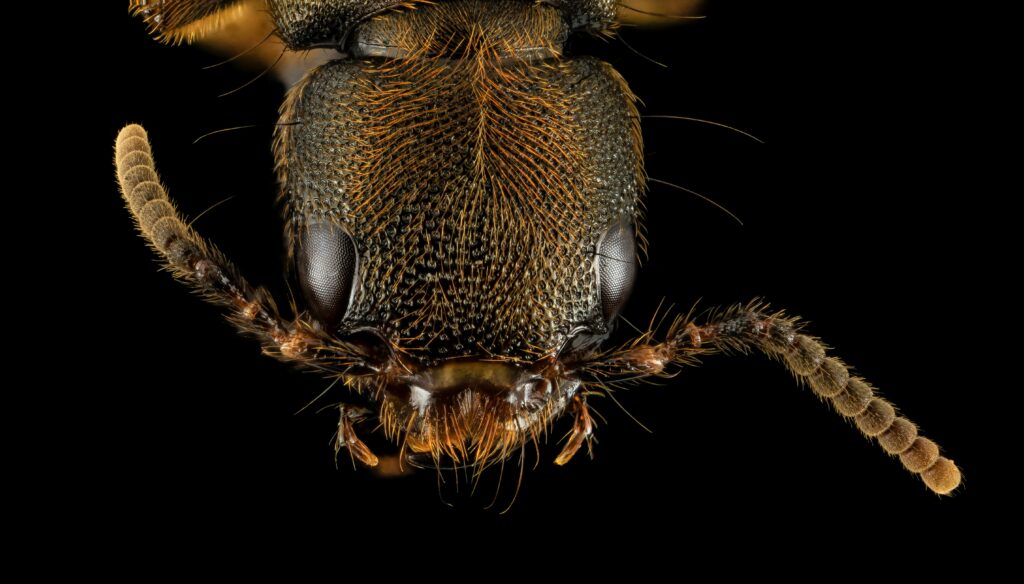
Insect mouthparts represent some of the most diverse feeding structures in the animal kingdom, each exquisitely adapted for specific diets and feeding strategies. Butterflies and moths possess a coiled proboscis that extends like a straw to reach nectar deep within flowers, sometimes longer than their entire body. The mosquito’s mouthparts form a sophisticated piercing-sucking apparatus, with multiple needle-like structures that penetrate skin, inject anticoagulants, and draw blood without the host immediately noticing. Praying mantises wield powerful raptorial forelegs with sharp spines that capture and hold prey while their mandibles methodically consume their often still-living meal. Dragonfly larvae demonstrate a particularly ingenious adaptation called a labial mask—a hinged, extendable lower lip that can be projected forward with lightning speed to capture prey, functioning essentially as an underwater spring-loaded trap door for catching small aquatic creatures.
The Evolution of Insect Fangs and Stingers
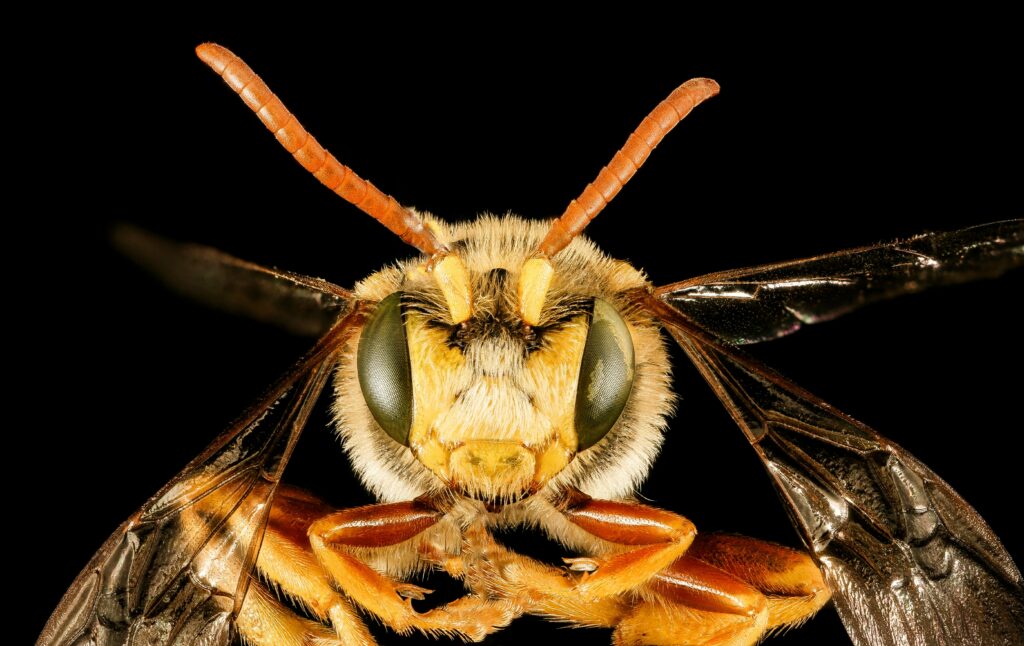
The development of fangs, stingers, and venom delivery systems has given many insects formidable defensive and predatory capabilities. Assassin bugs exemplify this with their rostrum—a modified mouthpart that injects digestive enzymes into prey, liquefying their internal organs before sucking out the contents. Wasps and bees possess complex stinging apparatus derived from modified egg-laying structures (ovipositors), representing an evolutionary repurposing that creates a powerful defense mechanism. Ant species demonstrate remarkable diversity in their venom delivery systems, from the painful formic acid spray of wood ants to the neurotoxic stings of bullet ants, considered among the most painful sensations known to humans. The robber fly’s hypopharynx acts as both fang and straw, injecting neurotoxic saliva that quickly immobilizes prey before the fly extracts the liquefied internal contents—a feeding strategy that allows them to take down prey much larger than themselves.
Masters of Disguise: Insect Camouflage
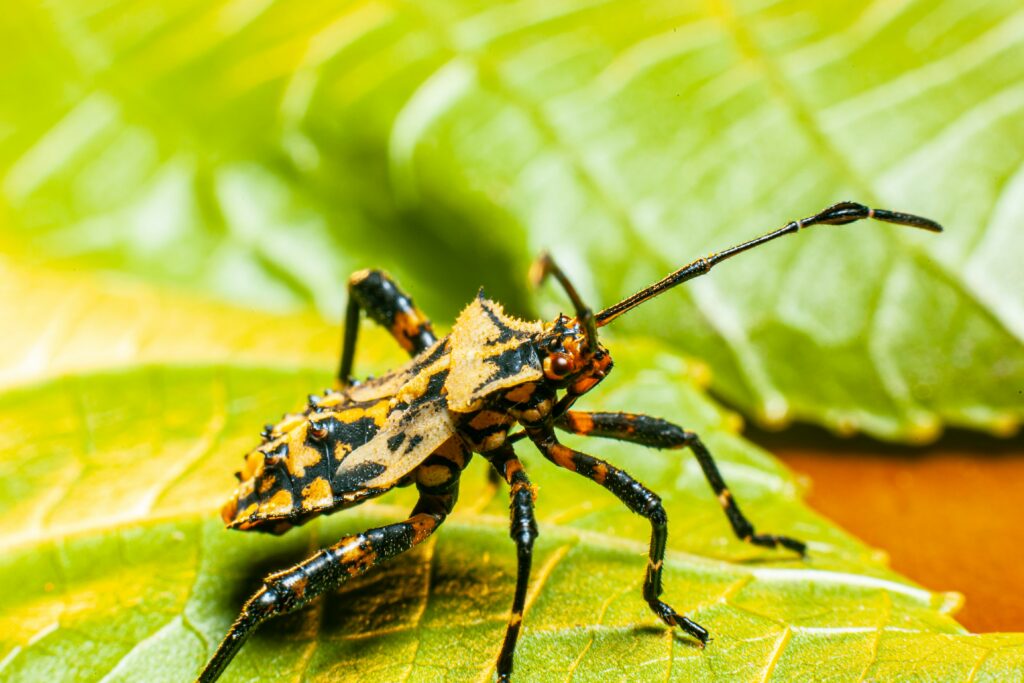
Insect camouflage represents some of nature’s most sophisticated visual deceptions, often blurring the line between art and survival adaptation. Leaf insects of the family Phylliidae have evolved bodies that mimic leaves with remarkable accuracy, complete with leaf-like extensions, vein patterns, and even apparent damage marks that make them indistinguishable from actual foliage. The dead leaf butterfly (Kallima) takes this deception further by resembling a perfect dead leaf when its wings are closed, complete with midrib, veining, and precisely colored areas that mimic fungal spots and decay. Thorn bugs possess dorsal projections that resemble the thorns of the plants they inhabit, while certain caterpillars such as those of the hawk moth family can inflate segments of their body to resemble snake heads, complete with realistic “eyes” that can frighten away potential predators. These adaptations demonstrate not just passive mimicry but active behavioral components that complete the illusion, as many camouflaged insects sway gently to mimic leaves moving in a breeze.
Cryptic Coloration and Disruptive Patterns
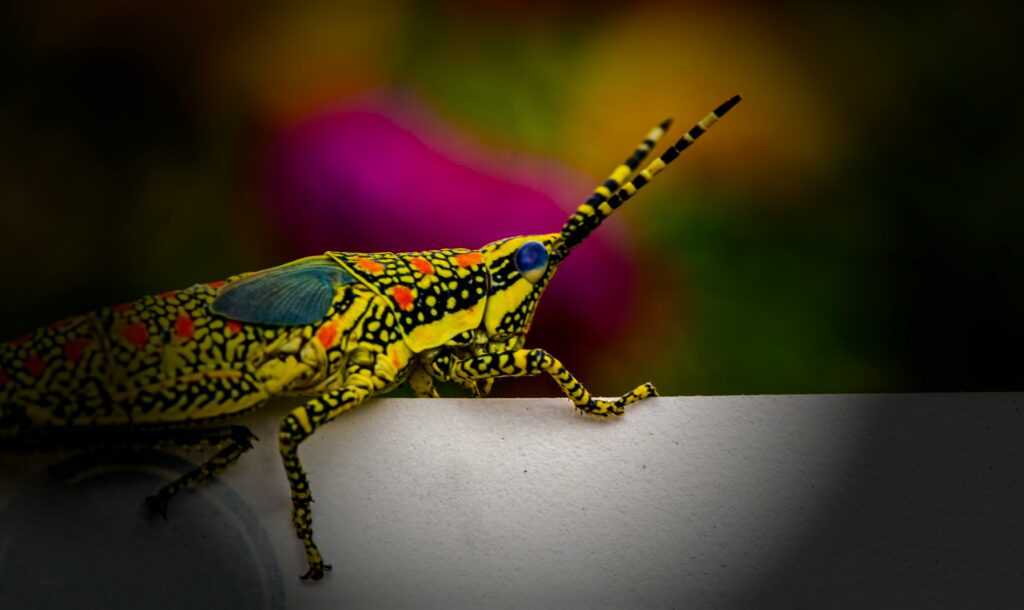
Beyond simple resemblance to environmental elements, many insects employ sophisticated coloration strategies that disrupt their recognizable outlines. The peppered moth provides a classic example of cryptic coloration that evolved in response to environmental change, with light and dark morphs whose prevalence shifted during the industrial revolution as soot darkened tree trunks, demonstrating evolution in action. Walking sticks (Phasmids) combine their twig-like body shape with specialized coloration that breaks up their outline, making them virtually invisible even when resting on bark. The green lacewing larva takes camouflage to another level by actively covering itself with debris, lichen, and the carcasses of its prey, creating a “trash packet” disguise that renders it unrecognizable to both predators and potential prey. Some butterflies and moths employ disruptive wing patterns that create visual confusion about where their body begins and ends, with false head markings that direct predator attacks away from vital body parts.
Mimicry: Imitation as Survival Strategy
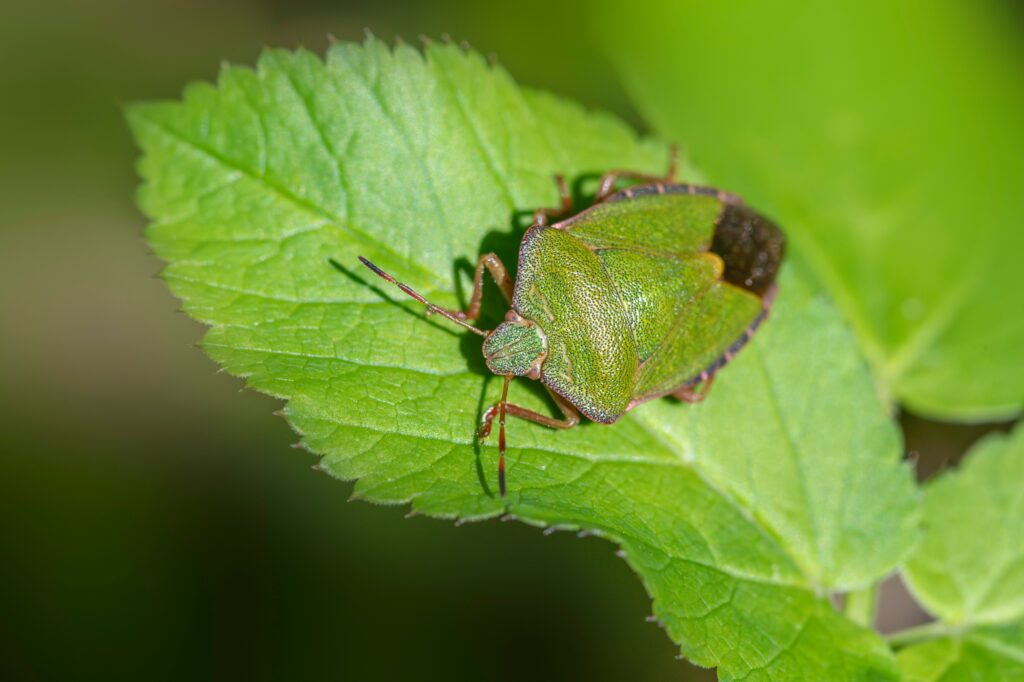
Mimicry represents one of the most fascinating evolutionary adaptations, where insects gain protection by resembling dangerous or unpalatable species. Batesian mimicry occurs when harmless species evolve to resemble dangerous ones, as seen in hover flies that display the yellow and black warning coloration of wasps and bees without possessing stingers themselves. Müllerian mimicry involves multiple dangerous species evolving similar warning appearances, creating a shared “brand” that predators learn to avoid, as demonstrated by various toxic butterfly species in the tropics that share similar wing patterns. The orchid mantis takes mimicry in another direction by resembling a flower to attract pollinating insects that become its prey, demonstrating aggressive mimicry. Perhaps most remarkable is the ant-mimicking jumping spider, which has evolved not only to look like an ant but to move like one—lifting its front legs to simulate antennae and adopting the characteristic zigzag walking pattern of ants to avoid predation.
Chemical Defenses and Warning Signals
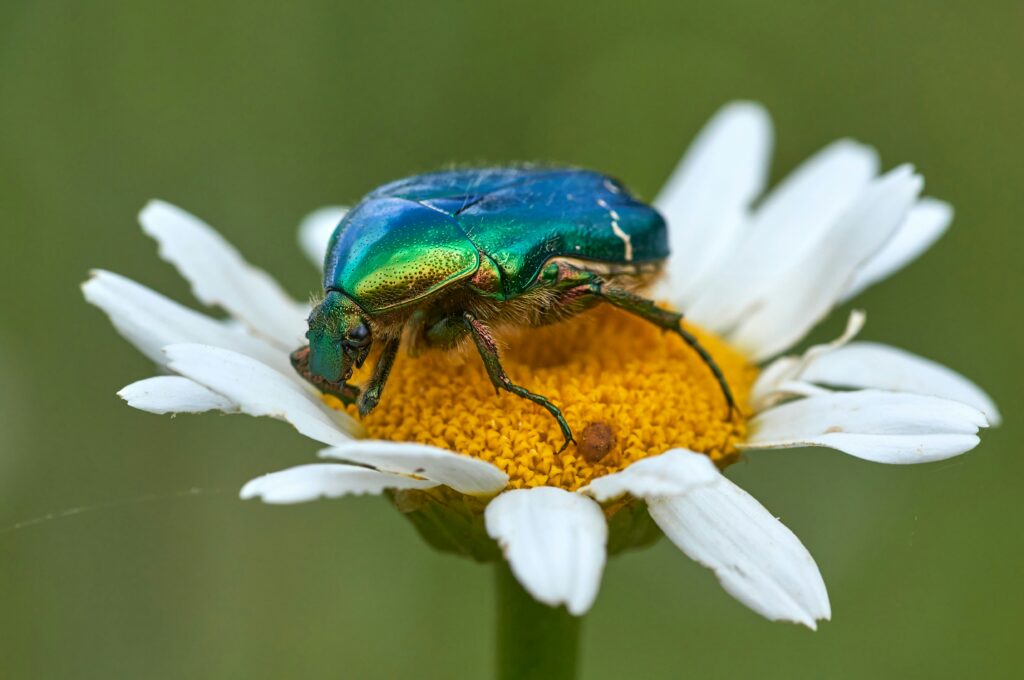
Many insects have developed sophisticated chemical warfare capabilities paired with bright warning coloration to advertise their toxicity. Monarch butterflies sequester toxic cardiac glycosides from the milkweed plants they consume as caterpillars, rendering them unpalatable to predators and displaying this fact through their bright orange and black wings. Bombardier beetles possess one of the most remarkable chemical defense mechanisms, mixing hydroquinones and hydrogen peroxide in a specialized chamber that, when threatened, creates an explosive reaction resulting in a hot chemical spray directed at predators with surprising accuracy. The brightly colored ladybugs release bitter alkaloid compounds from their leg joints when disturbed, a process called reflex bleeding that creates both a visual and chemical deterrent. These aposematic (warning) displays represent a fascinating evolutionary trade-off—the insect becomes more visible but gains protection when predators learn to associate their distinctive appearance with an unpleasant experience.
Thermoregulation Adaptations
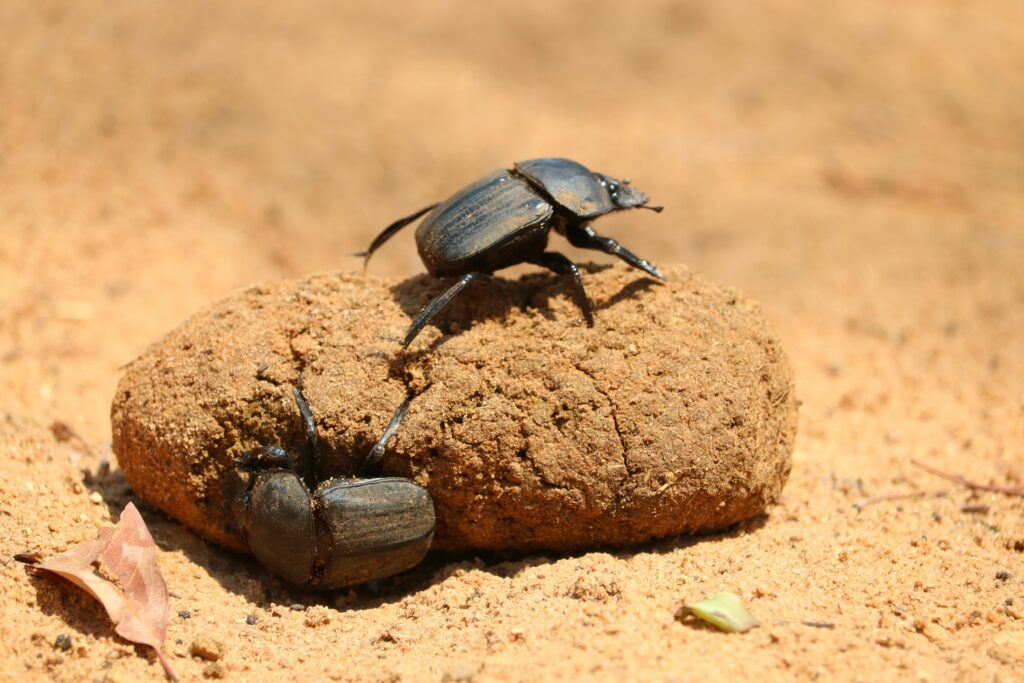
Insects have evolved remarkable adaptations to manage temperature despite their small size and ectothermic nature. Bumblebees can generate internal heat through rapid muscle contractions without moving their wings, allowing them to forage in colder temperatures than most insects and even to incubate their brood like birds. Desert-dwelling darkling beetles perform “headstands” to collect moisture from fog on their bodies, which then runs down to their mouths, while simultaneously positioning their bodies to minimize sun exposure during the hottest parts of the day. Honeybees have developed collective thermoregulation strategies, clustering together in cold weather to conserve heat and fanning their wings in formation to create cooling air currents during hot weather. Some butterflies have evolved wing patterns and basking behaviors specifically for thermal regulation, with dark basal areas that absorb heat efficiently while the insect orients its wings precisely to maximize sun exposure in cool weather.
Water Management in Extreme Environments

Insects inhabiting harsh environments have evolved specialized structures for water conservation and acquisition. The Namib Desert beetle collects water from morning fog through hydrophilic bumps on its back that attract water molecules from the air, which then coalesce into droplets that flow into the beetle’s mouth—an adaptation so efficient it has inspired biomimetic water harvesting technologies. Mosquito larvae possess specialized siphons that allow them to breathe atmospheric oxygen while remaining submerged, effectively exploiting aquatic habitats while avoiding many predators. Water striders have evolved hydrophobic leg structures that allow them to literally walk on water by exploiting surface tension, creating dimples in the water surface without breaking through. Perhaps most impressive are the adaptations of brine fly larvae, which can survive in hyper-saline environments like the Great Salt Lake through specialized osmoregulatory glands that actively pump salt out of their bodies—environments so harsh that they face virtually no competition or predation.
Sensory Innovations Beyond Human Perception

The sensory world of insects extends far beyond human perceptual capabilities, with specialized organs that detect stimuli we cannot experience. The Johnston’s organ in mosquito antennae can detect the specific wing-beat frequency of potential mates, allowing them to identify appropriate partners among the many flying insects in their environment. Jewel beetles possess infrared sensors that can detect forest fires from up to 50 miles away, directing them to freshly burned areas where they can lay eggs in weakened trees without competition. The antennae of male silk moths can detect as few as one or two molecules of female pheromones, allowing them to locate potential mates from miles away. Perhaps most remarkable are the polarized light detectors in desert ant eyes that function as living compasses, allowing them to navigate with precision across featureless terrain by reading the polarization pattern of light in the sky—an ability that helps them find their way back to the nest after foraging journeys.
Collaborative and Social Adaptations
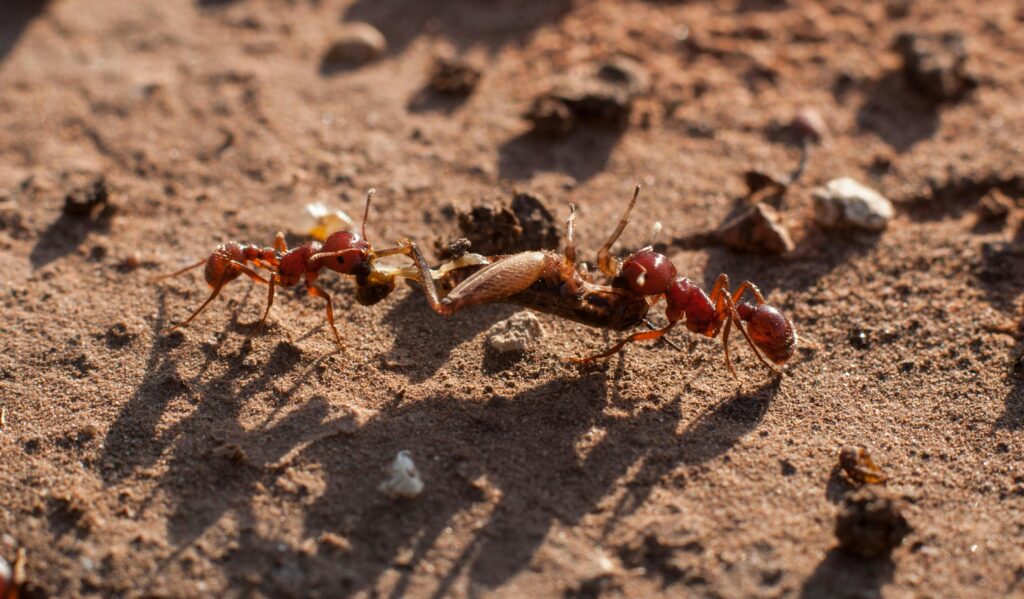
While many insect adaptations focus on individual survival, some of the most impressive involve collective behaviors and social structures. Honey bees communicate through the waggle dance, a sophisticated behavior where returning foragers convey the direction, distance, and quality of food sources to hive mates through a series of movements that constitute a genuine symbolic language. Army ants construct living bridges and rafts with their bodies, creating temporary structures that allow the colony to overcome obstacles or cross water barriers during their nomadic hunting expeditions. Termites build massive structures with sophisticated passive cooling systems that maintain internal temperatures within one degree Celsius despite external temperature fluctuations of over 40 degrees, accomplished through a complex system of ventilation tunnels. Leaf-cutter ants have developed agricultural systems millions of years before humans, cultivating specific fungi species in underground chambers, complete with waste management systems and antimicrobial practices to protect their fungal crops from pathogens.
The extraordinary adaptations of insects demonstrate evolution’s remarkable capacity for creative problem-solving and specialization. From the physics-defying aerodynamics of insect flight to the chemical precision of their defense mechanisms, these small creatures continuously remind us that nature’s engineering often surpasses human innovation. Their success—measured in both biodiversity and biomass—serves as testament to the effectiveness of these adaptations. As we continue to study these remarkable creatures, insects reveal not just fascinating biological phenomena but potential solutions to human challenges in fields ranging from materials science to medicine. Through their wings, fangs, and camouflage, insects have mastered survival in ways that continue to inspire both scientific research and our sense of wonder at the natural world’s ingenuity.

